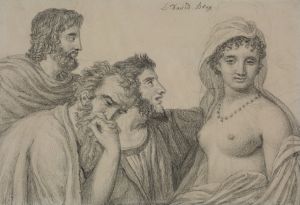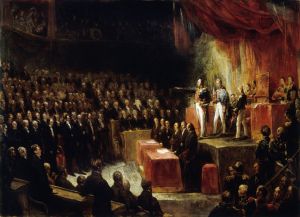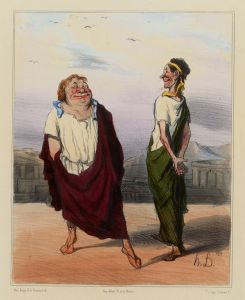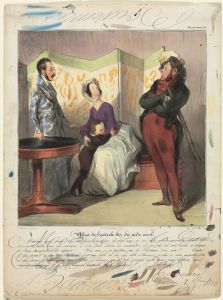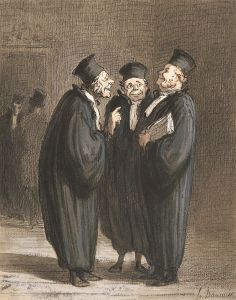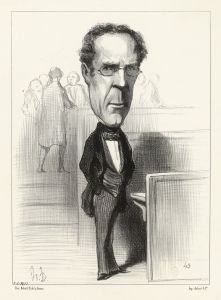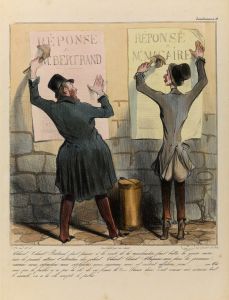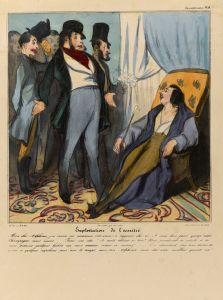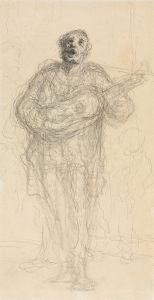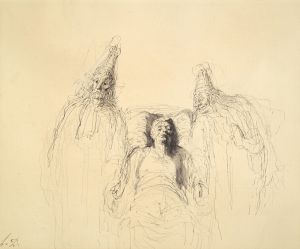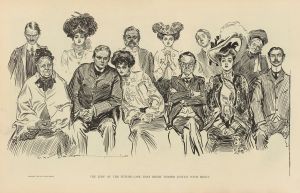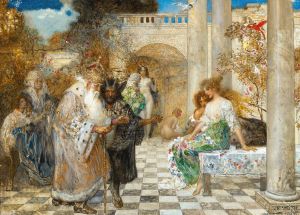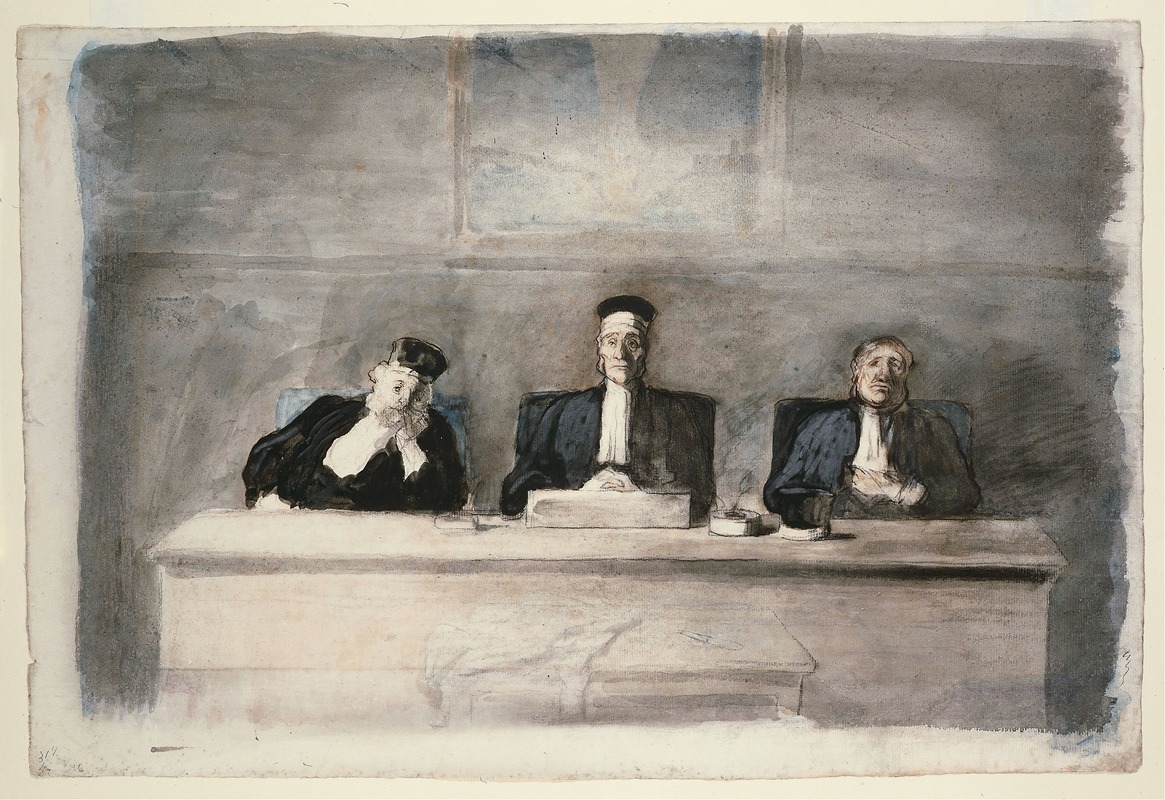
The Three Judges
A hand-painted replica of Honoré Daumier’s masterpiece The Three Judges, meticulously crafted by professional artists to capture the true essence of the original. Each piece is created with museum-quality canvas and rare mineral pigments, carefully painted by experienced artists with delicate brushstrokes and rich, layered colors to perfectly recreate the texture of the original artwork. Unlike machine-printed reproductions, this hand-painted version brings the painting to life, infused with the artist’s emotions and skill in every stroke. Whether for personal collection or home decoration, it instantly elevates the artistic atmosphere of any space.
Honoré Daumier, a prominent French artist known for his satirical works, created "The Three Judges" as part of his extensive oeuvre that critiqued the social and political structures of 19th-century France. Daumier, born in 1808 in Marseille, was a multifaceted artist, excelling in painting, sculpture, and, most notably, caricature. His works often provided sharp commentary on the society of his time, particularly targeting the legal system, politics, and the bourgeoisie.
"The Three Judges" is a painting that exemplifies Daumier's critical eye towards the judicial system. Although specific details about the creation date of this particular painting are scarce, it is consistent with Daumier's thematic focus during the mid-19th century. This period was marked by his prolific output of artworks that scrutinized the integrity and impartiality of the judiciary, reflecting the broader societal concerns of justice and fairness.
In "The Three Judges," Daumier employs his characteristic style, which combines realism with exaggerated features to emphasize the moral and ethical shortcomings of his subjects. The painting depicts three judges, presumably in a courtroom setting, captured in a moment that suggests deliberation or judgment. Daumier's use of somber tones and expressive brushwork highlights the gravity of the scene while also imbuing it with a sense of irony and critique.
The figures in the painting are rendered with exaggerated facial expressions and postures, a hallmark of Daumier's approach to caricature. This exaggeration serves to underscore the perceived incompetence or corruption within the judicial system, a recurring theme in Daumier's work. By portraying the judges in this manner, Daumier invites viewers to question the integrity of those in positions of power and to consider the broader implications of their decisions on society.
Daumier's critique of the judiciary was not limited to painting; he also produced numerous lithographs and drawings on the subject. His work often appeared in popular publications of the time, such as "Le Charivari," where his satirical illustrations reached a wide audience and contributed to public discourse on social justice and reform.
"The Three Judges" is a testament to Daumier's enduring legacy as an artist who used his talents to challenge societal norms and advocate for change. His work remains relevant today, as it continues to provoke thought and discussion about the role of justice and the responsibility of those who wield it.
Daumier's influence extends beyond his immediate historical context, as his art has inspired subsequent generations of artists and social commentators. His ability to blend artistic skill with incisive social critique has secured his place as a pivotal figure in the history of art and satire.
Overall, "The Three Judges" is a compelling example of Honoré Daumier's ability to capture the complexities of human nature and the societal structures that govern it. Through his art, Daumier not only entertained but also educated and inspired critical reflection on the world around him.





